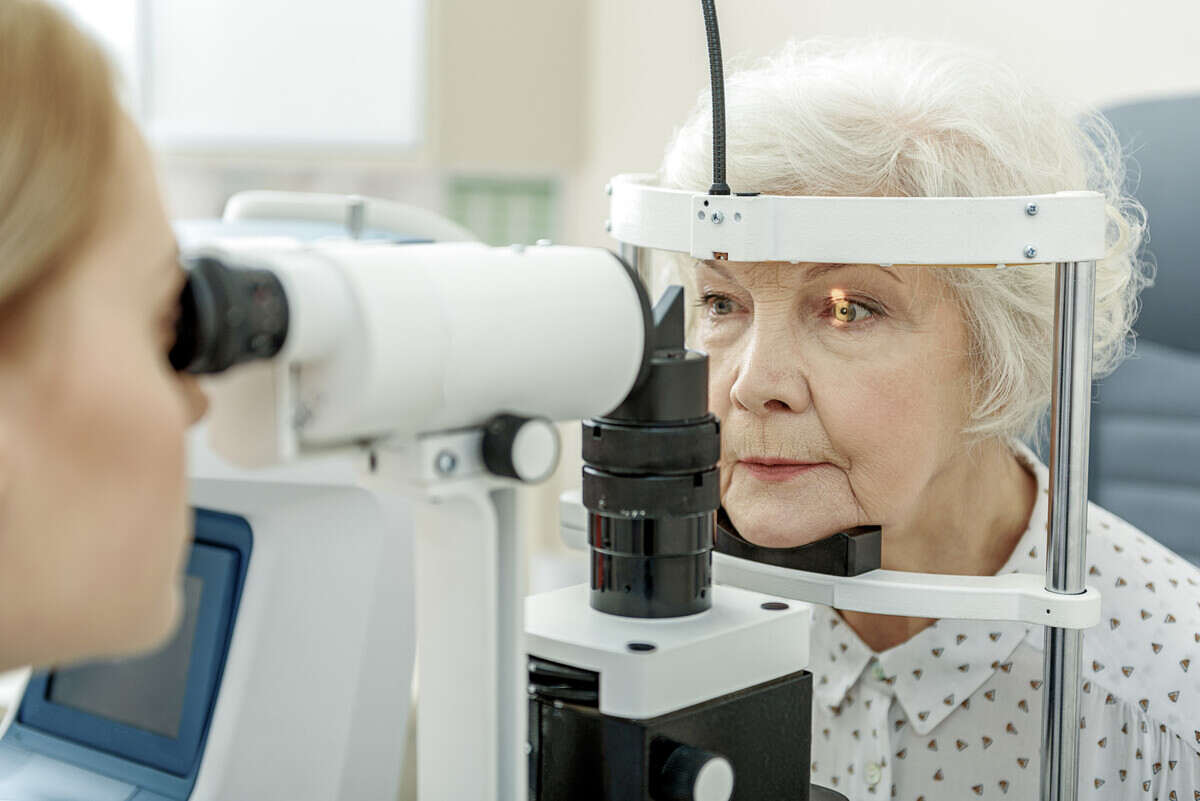
Over 20 million Americans have cataracts. If you’re suffering from cataracts, you often need cataract surgery to improve the situation.
Cataract surgery is a common and safe procedure that can bring back your vision and improve your quality of life. So, how can you tell if it might be time to make the jump?
Let’s go through the top signs you need cataract surgery.
1. Blurry or Cloudy Vision
Clouded or blurry vision is one of the most common cataract symptoms. Cataracts cloud the natural lens of the eye, which can make objects appear blurry or hazy. This can make it much harder to read, watch TV, or see clearly in general.
If you are experiencing clouded or blurred vision, you should see your eye doctor for a thorough checkup as soon as possible. They can determine whether cataracts are the cause of your vision problems.
If cataracts are the cause, they may recommend you get cataract surgery to remove the clouded natural lens and switch it to a new artificial lens. This can restore your vision and help to improve your quality of life.
2. Difficulty Seeing at Night
Difficulty seeing at night, also known as nyctalopia or night blindness, is a condition in which an individual experiences reduced or impaired vision in low light conditions.
It can make it tricky to see clearly in dimly lit environments such as outdoors at night or in movie theaters. This can be especially problematic for driving at night, as it can make it hard to see the road or other cars.
If you are having trouble seeing during the night due to cataracts, cataract removal surgery may be a viable option to improve your vision. Consult with an ophthalmologist to discuss your options and determine if cataract surgery is the best course of action for you.
3. Sensitivity to Light
Cataracts can cause the lens of the eye to become less clear, which can make the eye more sensitive to bright light. This can cause discomfort and may even make it harder to do the different things you need to do every day, such as driving or reading.
However, you should note that other conditions, such as dry eye or corneal damage, can also cause sensitivity to light. Treatment for photophobia depends on the underlying cause.
For example, wearing a hat can help reduce exposure to bright sunlight, while prescription glasses or contact lenses may help correct vision problems that contribute to photophobia.
In some cases, medications could be prescribed to help manage symptoms. If you are experiencing light sensitivity, you should sit down with an eye doctor to determine if cataracts are the cause and figure out if it’s time to remove cataracts.
4. Halos or Glare Around Lights
Halos or glare around lights are visual disturbances that can occur when the eyes are unable to properly focus light onto the retina.
This can be the result of many different things, including eye conditions such as cataracts, corneal dystrophy, or dry eye syndrome, as well as certain medications or environmental factors such as oncoming headlights while driving at night or sitting in bright daylight.
When your eye lens is clouded because of cataracts, it can scatter light entering the eye and create halos or glare around bright lights. This can be particularly noticeable at night or in low-light conditions.
5. Fading or Yellowing of Colors
Fading or yellowing of colors can occur as a result of various factors, including aging, exposure to sunlight or UV radiation, certain medications or medical conditions, and outside factors such as smoking or pollution.
Cataracts can cause the lens of the eye to become cloudy and discolored, making colors appear less vibrant or yellowed.
But things like age-related macular degeneration or diabetic retinopathy can also affect color vision, so you should have a thorough eye exam to determine the cause of your color problem before you jump into cataract surgery.
6. Double Vision
Double vision, also known as diplopia, is a less common but possible symptom of cataracts. Cataracts can cause double vision or multiple images to appear, which can be confusing and make it difficult to perform everyday tasks.
There are two types of double vision: binocular and monocular. Binocular double vision occurs when both eyes fail to work together properly, resulting in two slightly different images being sent to the brain. Monocular double vision occurs when only one eye is affected and can be a sign of a more serious underlying condition.
This can be caused by the cloudiness of the eye’s natural lens, which can scatter or distort light. However, it is important to note that double vision can also be a symptom of other eye conditions or neurological disorders
7. Frequent Changes in Corrective Lens Prescription
If you find yourself updating your prescription frequently, this may be a sign of cataracts.
As cataracts develop and the natural lens of the eye becomes cloudier, it can affect your vision and require changes in your prescription. This may result in more frequent updates to your eyeglass or contact lens prescription than you have previously experienced.
If you are experiencing blurred or hazy vision, light sensitivity, difficulty seeing at night, or a need for very bright light when reading or performing close work, it may be a sign you need cataract surgery.
Other factors that can increase your risk of developing cataracts include smoking, exposure to UV radiation, and certain medical conditions such as diabetes.
Cataract Surgery: Now You Know
Hopefully, you now have some idea if you might need cataract surgery. However, you’ll need a doctor to sit down with you and decide if it’s time.
Are you looking into your options for cataract surgery in Austin? Contact Texan Eye today.
